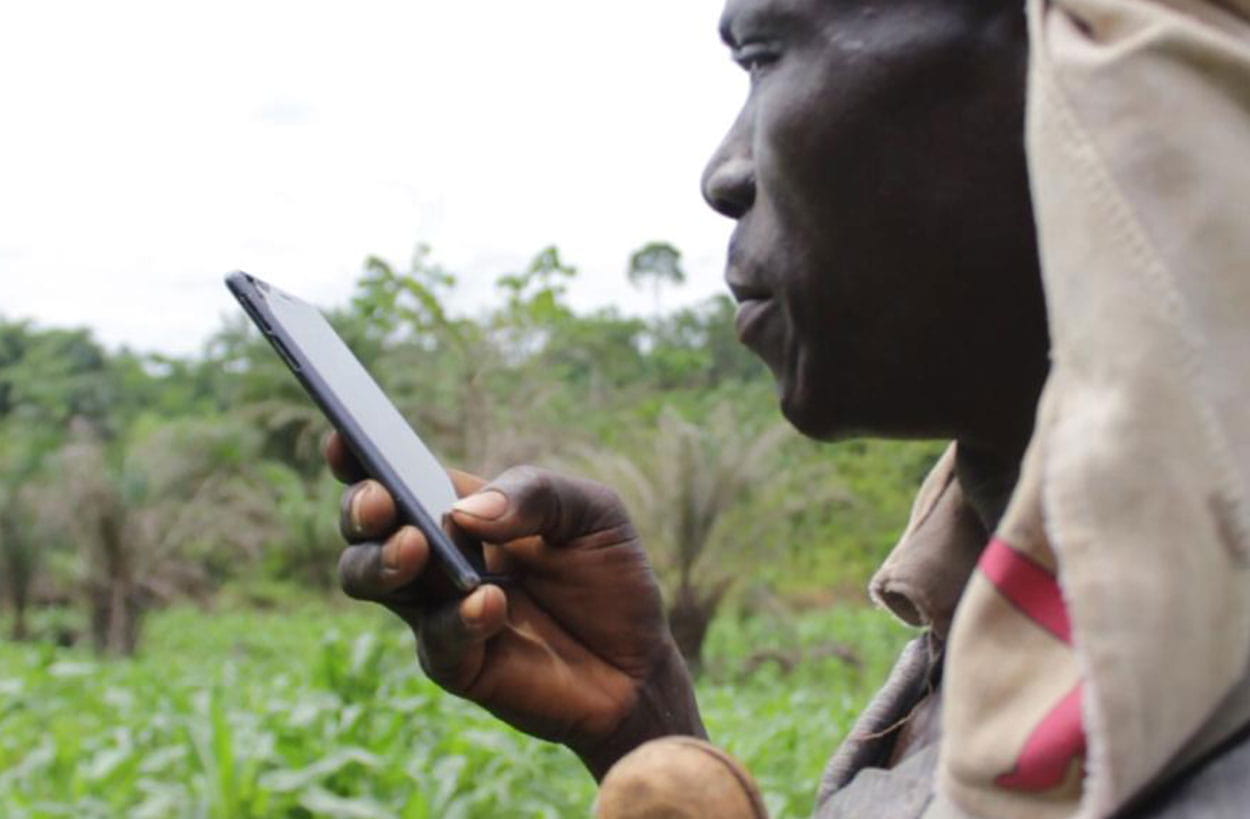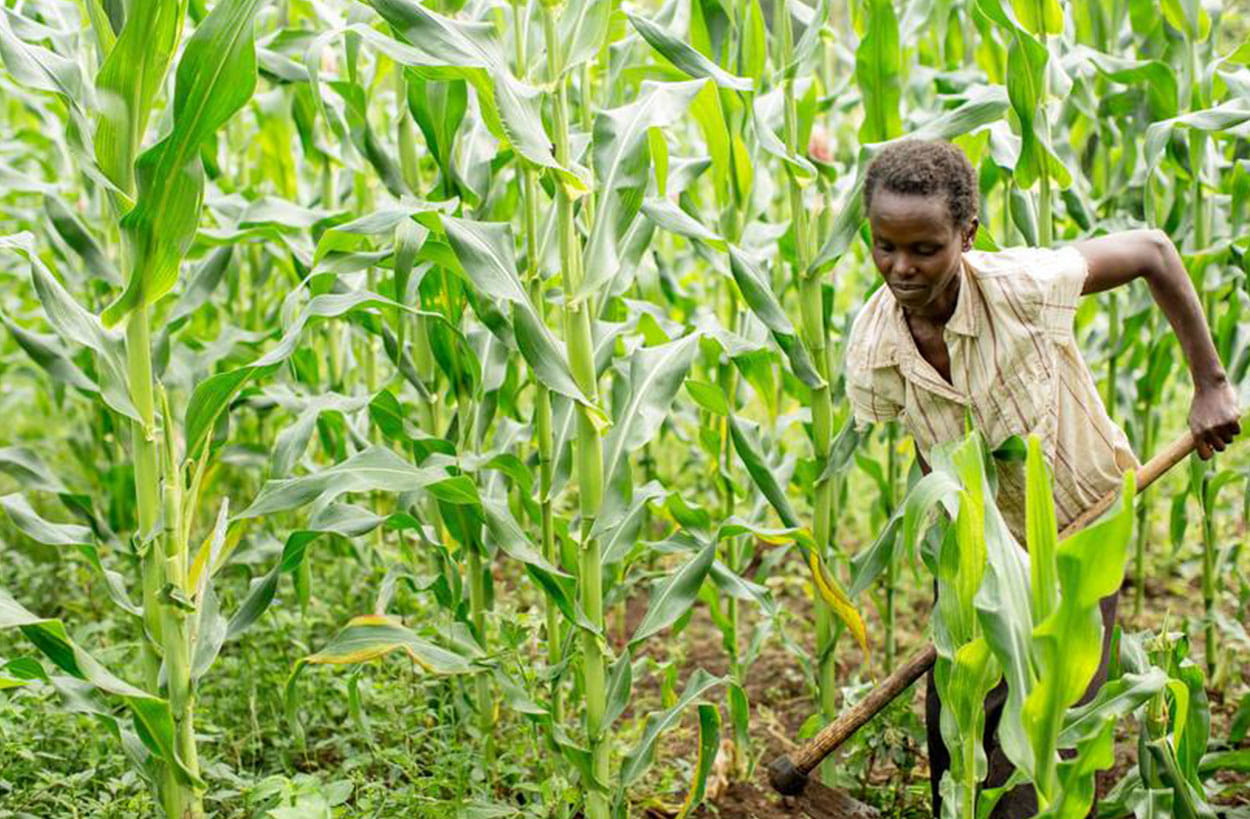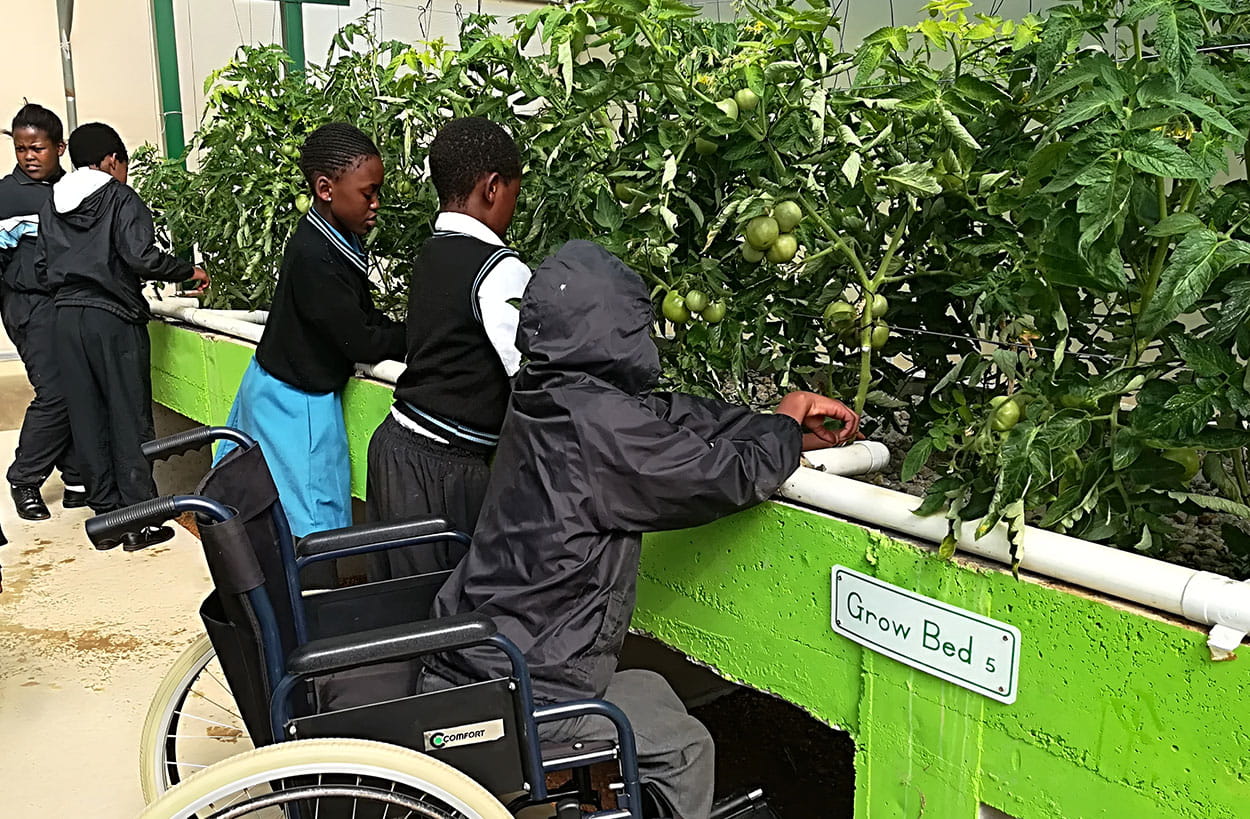By 2050, nearly 10 billion people will live on the planet. If today's levels of production efficiency were to remain constant through to 2050 — then feeding the world would entail clearing most of the world's remaining forests, wiping out thousands more species, and releasing enough greenhouse gas (GHG) emissions to exceed the 1.5°C and 2°C warming targets enshrined in the Paris Agreement. Although farming is one of humanity’s oldest trades, our planet’s ever-growing population and depleting natural resources demand that we meet the same food challenges – but with newer, better and more dynamic solutions than ever before. The 2020 Zayed Sustainability Prize Food Category finalists have developed a range of innovations and solutions to tackle this global challenge and ensure that the world continues to make progress towards the 17 UN Sustainable Development Goals. In particular, these are SDG2, SDG 3, SDG 13 and SDG15, which call for zero hunger, good health and well-being, climate action, and preserving life on land, respectively.
In the Q&A that follows, the 2020 Food Category finalists, along with Daphne Ewing-Chow, Selection Committee Member for the Prize’s Food Category, provide expert commentary on these important solutions – with a focus on the evolution of the industry and how it is becoming more inclusive.
1) How do you think AI and machine learning can contribute to reducing GHGs and increasing the productivity of agricultural land space or food production and provision processes?
Linda Pfeiffer, President & CEO of INMED:
AI and machine learning can meaningfully contribute to reducing GHGs and increasing food productivity by predicting and tracking agricultural yields using algorithms based on weather and historical yield data; identifying, detecting, and destroying pests, diseases, and invasive species; and targeting top producers of GHGs for reduction. While AI and machine learning are not yet widely accessible to smallholders, they offer exciting opportunities to automate, streamline, and analyse various data-, time- and labour-intensive agricultural tasks and inform ideal planting conditions.
INMED’s climate-smart aquaponics solution features simplicity of use and adaptability to diverse abilities in areas where AI is currently not available. Yet, as our adaptive aquaponics is scaled and AI becomes more affordable, much of the maintenance inside the aquaponics eco-system could be guided by AI— further increasing access to agricultural knowledge and technology for traditionally excluded people.
Alexander Zacharuk, Managing Director of Thriving Green:
Farming depends on a huge number of different parameters: the amount of light, length of days, rain, hydro-chemical composition of the water, and makeup of the soil. From the viewpoint of data analytics, this is a complex multi-dimensional problem. And this makes farming predestined for Machine Learning. On a fundamental level, farmers need to optimize data analysis in order to reach and maintain profitability and ecological sustainability. We at Thriving Green use sensors to collect all the relevant data of our Spirulina ponds and analyse it to farm more precisely, assure quality and most importantly create a better quality of life for our farmers.
Mustapha Diyaol-Haqq, Co-Founder of Okuafo Foundation:
From early detection of diseases in crops, predicting the fertility of a piece of land, to fighting deforestation and predicting crop yield, AI and Machine Learning (ML) is impacting the way we farm a great deal. Similarly, AI and ML can contribute to reducing GHGs through a number of ways, one of which is Precision Agriculture.
Unsustainable agriculture and deforestation releases a large amount of sequestered carbon which results in a rise in GHG emissions. Precision agriculture technology directly addresses carbon release from soil and improves crop yield, thereby reducing deforestation. Furthermore, real-time maps of GHG emissions have enabled Okuafo to quantify emissions from agricultural activities and identify areas where vegetative decay releases more GHGs – as opposed to absorbing them. Moreover, to significantly reduce GHGs emissions, we will require a shift in agricultural paradigms. Therefore, Okuafo Foundation teaches and encourages the adoption of regenerative agriculture, silvopasture and tree intercropping. Leveraging ML, we are working on UAVs and using satellite data to perform carbon stock estimation and methane detection.
With an accuracy rate of 98.93 per cent, our mobile application for farmers, ‘Okuafo AI’, discourages the use of pesticides by detecting infestations early and offering Integrated Pest Management techniques to control specific pests. By reducing pesticide-related expenditures, crop yields are increased by up to 50 per cent —thereby maximising profits and promoting food security in Africa.
2. In your opinion, how can the food industry ensure economic and social inclusion for all food system actors – especially smallholder farmers, women and youth? Furthermore, how is your organization playing a key part in doing so?
Linda Pfeiffer, President & CEO of INMED:
The large-scale food industry, with its significant resources, reach and influence, is uniquely positioned to ensure economic and social inclusion for all food system actors by focusing and investing R&D on techniques that minimise risks to people and the environment. These include: integrated pest management, water conservation and food safety; contributing scientific knowledge and resources, adapting and sharing techniques and innovations for smallholders; investing in infrastructure to improve access to supply chains; helping to stabilise prices and improve safety and quality through training, and guaranteeing a base price for products; and promoting and investing in increased cooperation among smallholders, including women and youth.
INMED invests significantly in these vulnerable groups; scaling its unique, simplified form of climate-smart aquaponics and turnkey package that integrates technology, training and business planning; as well as links to markets and financing for inclusive food security and sustainable livelihoods, throughout the global food supply chain.
Alexander Zacharuk, Managing Director of Thriving Green:
Compared to large-scale industrial farming, smallholder farmers mostly lack three things: Access to modern agriculture technology, highly trained professionals, and economies of scale. This leads to a huge competitive disadvantage. Improving access to farming technology can be solved by sharing equipment between different small-scale farmers or by making it more affordable. At Thriving Green, we choose the latter.
Empowering our farmers is also a key element of our work; we train them in biology and business and encourage them to share their knowledge, so that the whole community is empowered. Encouraging collaboration between different small-scale farmers allows them to become more efficient.
Mustapha Diyaol-Haqq, Co-Founder of Okuafo Foundation:
For agriculture to work better so that it improves the lives of rural folks, both economically and socially, financial inclusion is key. Most rural farmers lack access to the funds needed to begin farming when the season arrives, and cannot scale up to produce more to meet increasing demand. For smallholder farmers, women and youth in rural communities, Okuafo is bridging the gap between technology and economic inclusiveness. By equipping people of every age, gender and educational background with practical tools, beneficiaries are helped to overcome some of their biggest hurdles, including crop diseases and access to scientific knowledge in modern day agriculture.
Additionally, this solution encourages the younger generation to develop an interest and career in agriculture by anticipating their social engagement with local farmers. Older farmers without smartphones can request the services of young people who may use theirs to scan farms for crop infestations, at an affordable fee. All these approaches combined, are helping to ensure increased economic and social inclusion for various food system actors.
3. Based on your observation of the industry’s evolution, are there any approaches or key aspects of the latest food and agriculture innovations and solutions that are increasingly prevalent? If not, what direction do you think innovators should be taking?
Daphne Ewing-Chow, Zayed Sustainability Prize Selection Committee Member:
No strategy or innovation has struck me as more revolutionary than the basic act of human empowerment, as a means of responding to the earth’s mounting food challenges. Climate change, conflict and inequality are the most pressing issues that disproportionately affect food supply within populations— yet there is no technology that can adequately address these challenges in a more profound way than the empowerment of community food leaders such as mothers, teachers and food workers.
Technologies such as vertical farming have the potential to support populations affected by climate change, but these are not scalable from a financial perspective. The cost-benefit assessment of training a community on the (1) regenerative production, and (2) creative and waste free consumption of their most climate resilient, affordable, abundant and nutritious crops, would show that the multiplier effects of educating and empowering the earth’s most vulnerable populations is more impactful than any cutting-edge technology or well-intentioned food aid program.
.svg?iar=0&hash=670E3638BC16C0DD69B262DD1184DEA8)





